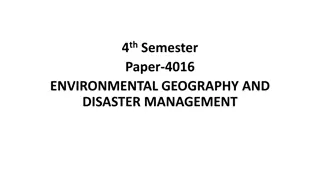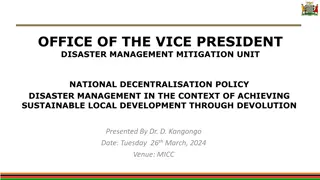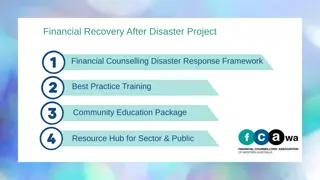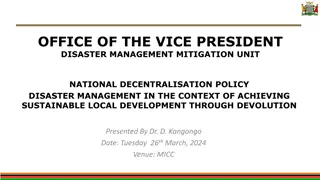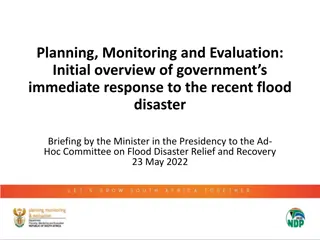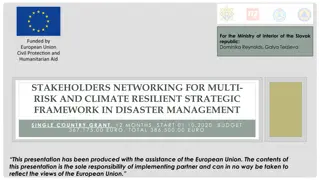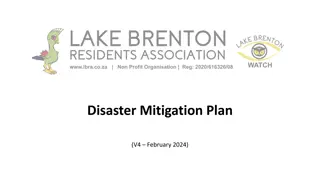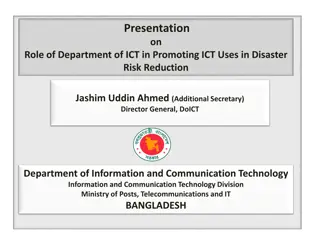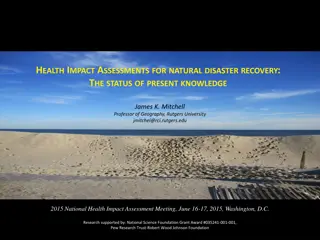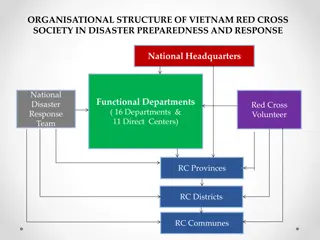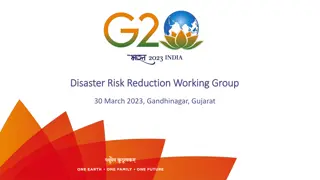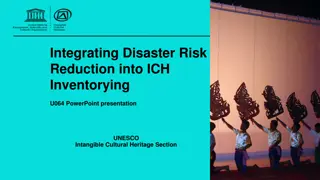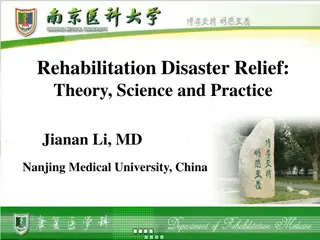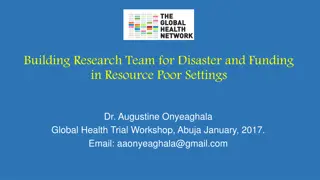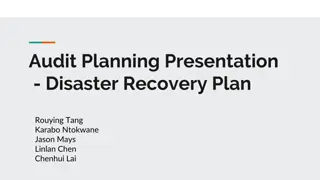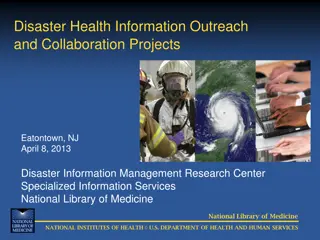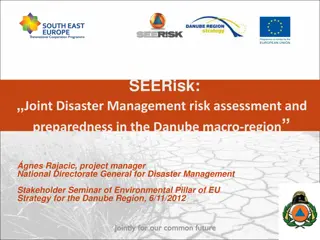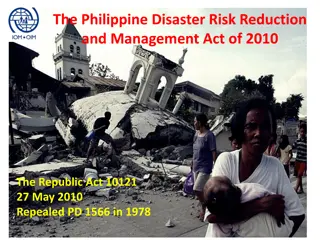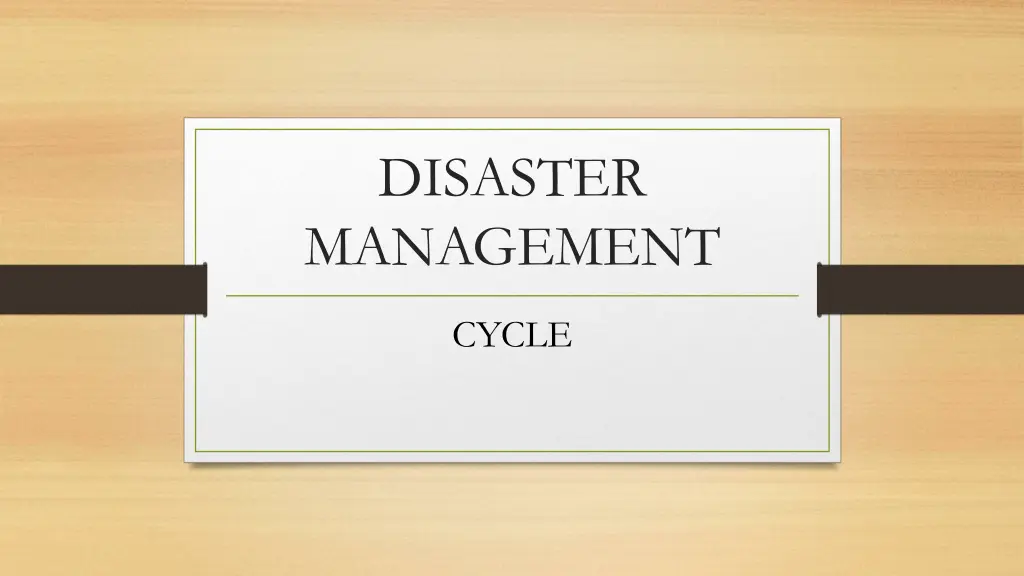
Understanding the Disaster Management Cycle for Effective Preparedness
Discover the importance of disaster management in reducing losses, providing assistance to victims, and achieving recovery. Learn about the disaster management cycle stages - mitigation, preparedness, response, and recovery - along with their goals and key actions. Enhance your knowledge on how governments, businesses, and societies can plan and adapt to disasters for better outcomes.
Download Presentation

Please find below an Image/Link to download the presentation.
The content on the website is provided AS IS for your information and personal use only. It may not be sold, licensed, or shared on other websites without obtaining consent from the author. If you encounter any issues during the download, it is possible that the publisher has removed the file from their server.
You are allowed to download the files provided on this website for personal or commercial use, subject to the condition that they are used lawfully. All files are the property of their respective owners.
The content on the website is provided AS IS for your information and personal use only. It may not be sold, licensed, or shared on other websites without obtaining consent from the author.
E N D
Presentation Transcript
DISASTER MANAGEMENT CYCLE
Disaster management aims to reduce, or avoid, the potential losses from hazards, assure prompt and appropriate assistance to victims of disaster, and achieve rapid and effective recovery. The Disaster management cycle illustrates the ongoing process by which governments, businesses, and civil society plan for and reduce the impact of disasters, react during and immediately following a disaster, and take steps to recover after a disaster has occurred. Appropriate actions at all points in the cycle lead to greater preparedness, better warnings, reduced vulnerability or the prevention of disasters during the next iteration of the cycle. The complete disaster management cycle includes the shaping of public policies and plans that either modify the causes of disasters or mitigate their effects on people, property, and infrastructure.
Goals of Disaster Management (1)Reduce, or avoid, losses from disasters (2) Assure prompt assistance to victims (3) Achieve rapid and effective recovery.
Mitigation - Minimizing the effects of disaster. Examples: building codes and zoning; vulnerability analyses; public education. Preparedness - Planning how to respond. Examples: preparedness plans; emergency exercises/training; warning systems. Response - Efforts to minimize the hazards created by a disaster. Examples: search and rescue; emergency relief . Recovery - Returning the community to normal. Examples: temporary housing; grants; medical care.
Preparedness The goal of emergency preparedness programs is to achieve a satisfactory level of readiness to respond to any emergency situation through programs that strengthen the technical and managerial capacity of governments, organizations, and communities. These measures can be described as logistical readiness to deal with disasters and can be enhanced by having response mechanisms and procedures, rehearsals, developing long- term and short-term strategies, public education and building early warning systems. Preparedness can also take the form of ensuring that strategic reserves of food, equipment, water, medicines and other essentials are maintained in cases of national or local catastrophes.
Mitigation Mitigation activities actually eliminate or reduce the probability of disaster occurrence, or reduce the effects of unavoidable disasters. Mitigation measures include building codes; vulnerability analyses updates; zoning and land use management; building use regulations and safety codes; preventive health care; and public education.
Recovery As the emergency is brought under control, the affected population is capable of undertaking a growing number of activities aimed at restoring their lives and the infrastructure that supports them. There is no distinct point at which immediate relief changes into recovery and then into long-term sustainable development. There will be many opportunities during the recovery period to enhance prevention and increase preparedness, thus reducing vulnerability. Ideally, there should be a smooth transition from recovery to on-going development.
Response The aim of emergency response is to provide immediate assistance to maintain life, improve health and support the morale of the affected population. Such assistance may range from providing specific but limited aid, such as assisting refugees with transport, temporary shelter, and food, to establishing semi-permanent settlement in camps and other locations. It also may involve initial repairs to damaged infrastructure. The focus in the response phase is on meeting the basic needs of the people until more permanent and sustainable solutions can be found. Humanitarian organizations are often strongly present in this phase of the disaster management cycle.


